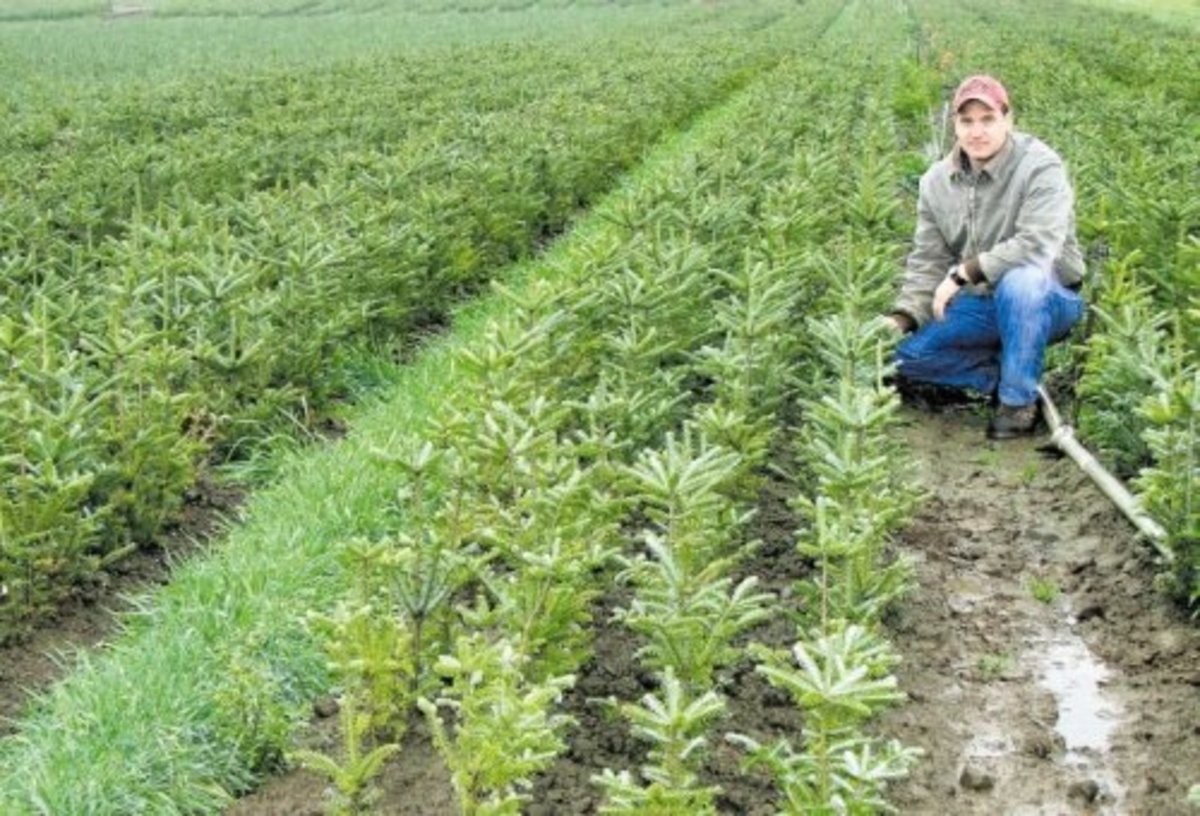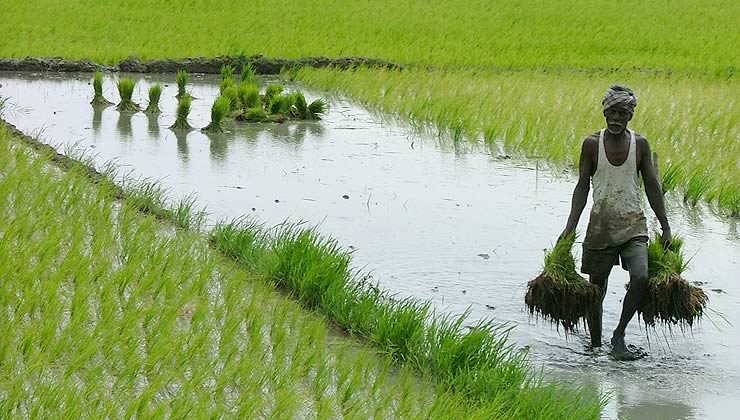Advantages and Difficulties of Commercial Farming vs Subsistence Farming Discussed
Advantages and Difficulties of Commercial Farming vs Subsistence Farming Discussed
Blog Article
Checking Out the Distinctions In Between Commercial Farming and Subsistence Farming Practices
The dichotomy between business and subsistence farming techniques is noted by varying goals, operational ranges, and source usage, each with extensive implications for both the environment and culture. On the other hand, subsistence farming stresses self-sufficiency, leveraging traditional methods to maintain home needs while supporting community bonds and social heritage.
Economic Objectives
Economic goals in farming techniques frequently determine the approaches and range of operations. In commercial farming, the main financial purpose is to take full advantage of earnings.
In comparison, subsistence farming is predominantly oriented in the direction of fulfilling the prompt requirements of the farmer's family, with excess manufacturing being very little - commercial farming vs subsistence farming. While commercial farming is profit-driven, subsistence farming is focused around sustainability and durability, reflecting a fundamentally various set of economic imperatives.

Scale of Procedures
When thinking about the range of operations,The distinction in between commercial and subsistence farming comes to be especially noticeable. Industrial farming is identified by its large nature, typically encompassing substantial tracts of land and using advanced equipment. These operations are commonly integrated right into worldwide supply chains, generating huge quantities of plants or livestock meant available for sale in residential and international markets. The scale of business farming enables economic situations of scale, leading to lowered costs each via automation, boosted efficiency, and the capability to invest in technical advancements.
In stark comparison, subsistence farming is normally small, concentrating on creating simply enough food to satisfy the instant demands of the farmer's family members or local community. The acreage associated with subsistence farming is usually minimal, with less access to modern innovation or automation. This smaller sized range of operations shows a reliance on typical farming strategies, such as manual work and simple tools, resulting in reduced performance. Subsistence ranches focus on sustainability and self-sufficiency over revenue, with any type of surplus usually traded or traded within regional markets.
Source Usage
Industrial farming, characterized by massive procedures, frequently utilizes innovative technologies and mechanization to maximize the use of resources such as land, water, and plant foods. Accuracy agriculture is progressively taken on in commercial farming, utilizing data analytics and satellite modern technology to monitor crop health and wellness and maximize resource application, additional boosting return and source performance.
On the other hand, subsistence farming operates a much smaller scale, largely to fulfill the instant needs of the farmer's home. commercial farming vs subsistence farming. Source use in subsistence farming is frequently limited by monetary restraints and a reliance on standard strategies. Farmers typically make use of manual work and natural deposits available in your area, such as rainwater and natural compost, to cultivate their plants. The focus is on sustainability and self-reliance instead of making the most of output. Subsistence farmers may deal with difficulties in resource management, consisting of limited accessibility to improved seeds, plant foods, and irrigation, which Resources can limit their ability to enhance productivity and profitability.
Environmental Effect

Conversely, subsistence farming, practiced on a smaller scale, normally utilizes conventional strategies that are a lot more in harmony with the surrounding environment. While subsistence farming normally has a lower environmental footprint, it is not without difficulties.
Social and Cultural Implications
Farming techniques are deeply intertwined with the social and social textile of communities, affecting and showing their values, customs, and economic structures. In subsistence farming, the focus gets on cultivating adequate food to satisfy the instant requirements of the farmer's family, frequently fostering a solid sense of area and shared duty. Such methods are deeply rooted in local practices, with understanding passed down via generations, thereby maintaining cultural heritage and reinforcing common ties.
On the other hand, business farming is mainly driven by market demands and productivity, typically resulting in a change towards monocultures and massive procedures. This technique can cause the erosion of conventional farming techniques and social identities, as local customizeds and knowledge are supplanted by standard, industrial techniques. The emphasis on efficiency and earnings can in some cases diminish published here the social communication discovered in subsistence communities, as economic transactions replace community-based exchanges.
The duality between these farming techniques highlights the broader social implications of agricultural options. While subsistence farming sustains cultural connection and area interdependence, commercial farming straightens with globalization and economic development, commonly at the price of traditional social structures and multiculturalism. commercial farming vs subsistence farming. Stabilizing these elements stays a critical official site obstacle for sustainable farming development
Conclusion
The evaluation of business and subsistence farming methods exposes considerable differences in purposes, range, source use, environmental impact, and social effects. Alternatively, subsistence farming stresses self-sufficiency, utilizing conventional methods and neighborhood sources, thereby advertising social preservation and area communication.
The dichotomy in between industrial and subsistence farming methods is marked by varying purposes, functional ranges, and resource utilization, each with extensive implications for both the environment and culture. While commercial farming is profit-driven, subsistence farming is focused around sustainability and resilience, mirroring an essentially different collection of economic imperatives.
The difference between industrial and subsistence farming becomes especially evident when taking into consideration the range of operations. While subsistence farming sustains cultural connection and neighborhood connection, commercial farming aligns with globalization and economic development, usually at the price of traditional social structures and social diversity.The assessment of commercial and subsistence farming methods discloses significant differences in goals, range, resource usage, ecological impact, and social implications.
Report this page